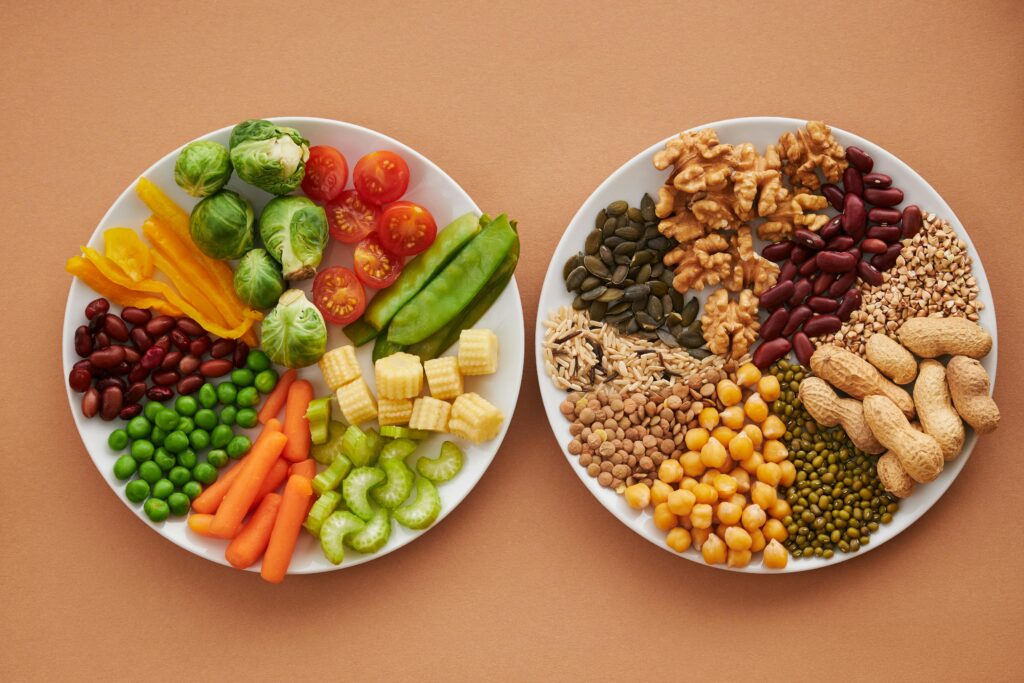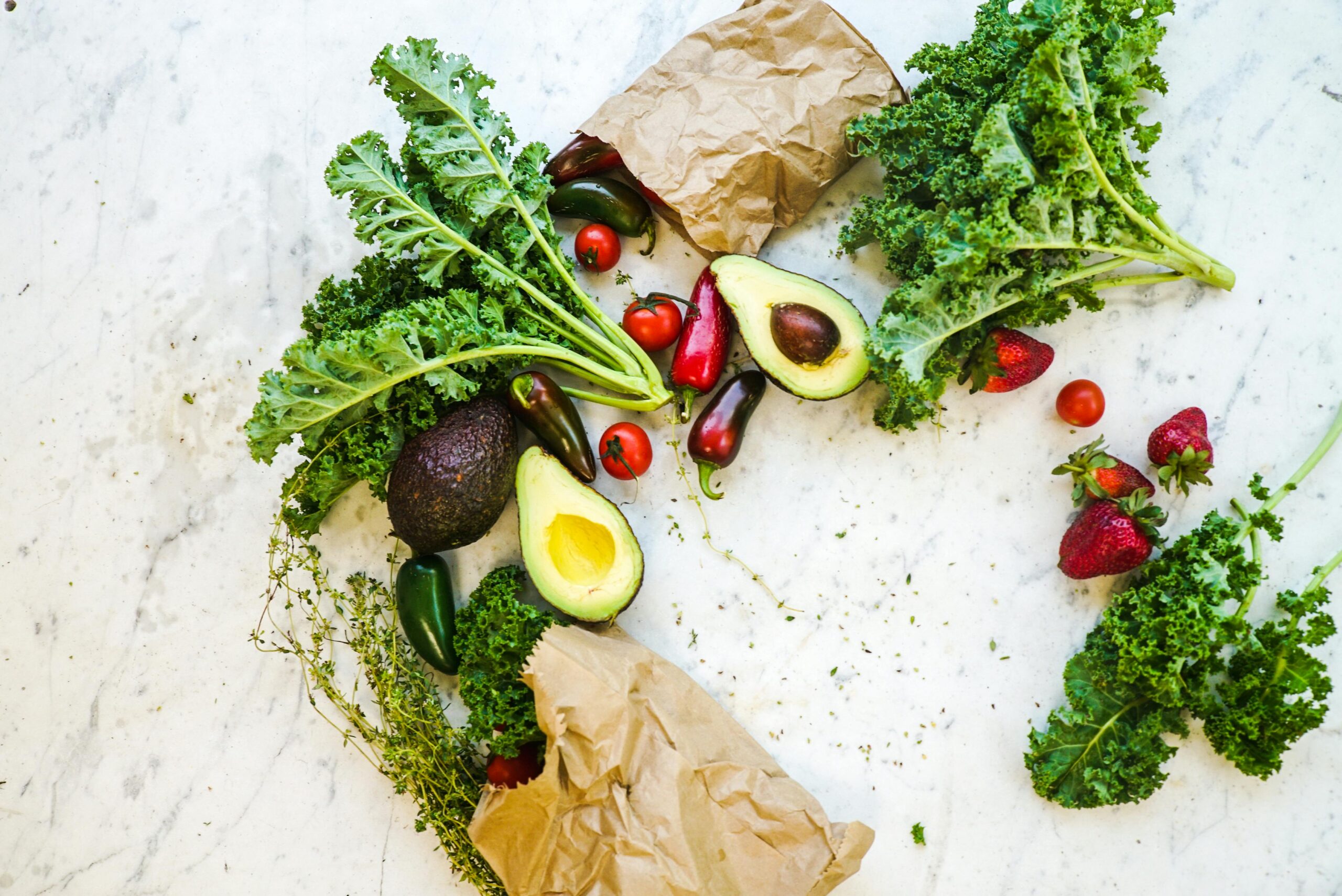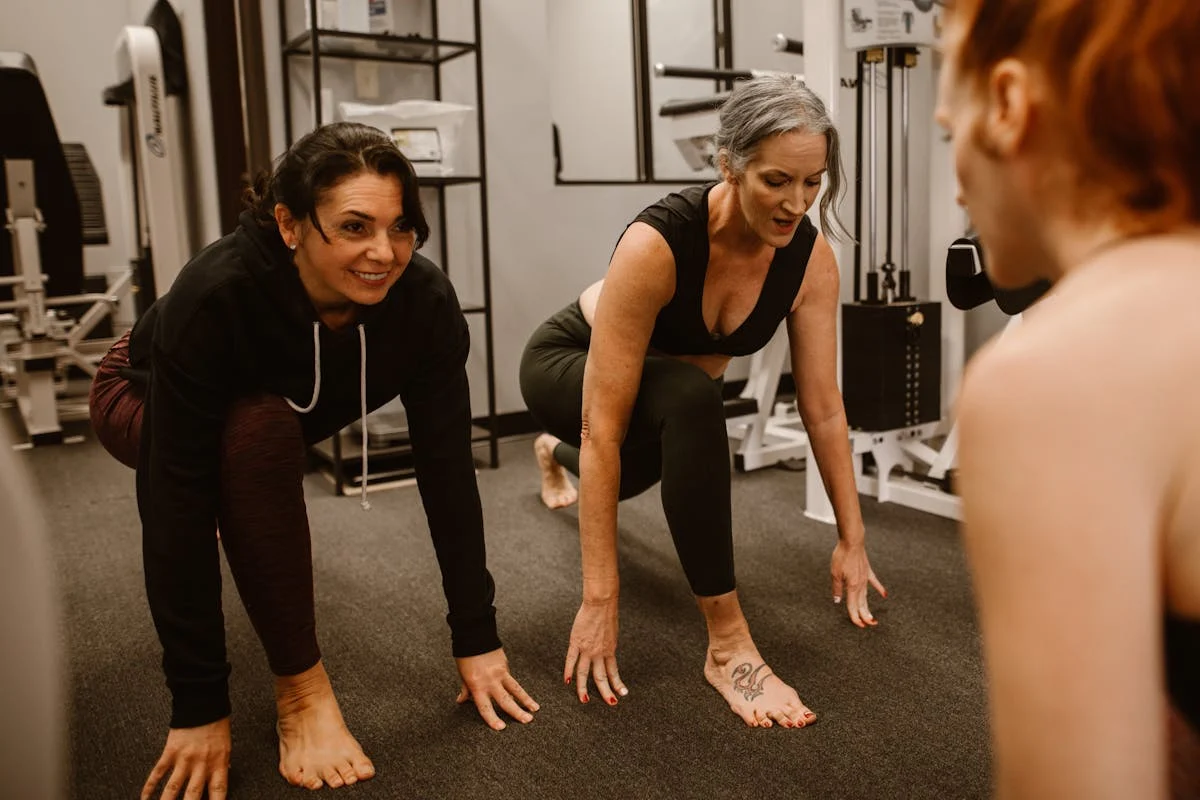Introduction: The Invisible Game-Changers in Your Fitness Arsenal
Do you know that feeling when you’re crushing your workout one day and barely scraping through the next? The difference might not be your motivation or sleep schedule—it could be sitting right there on your dinner plate.
I’m talking about micronutrients for fitness – those tiny but mighty vitamins and minerals that work behind the scenes like the world’s most dedicated personal trainers. While everyone obsesses over protein powder and pre-workout formulas, these microscopic powerhouses quietly orchestrate every aspect of your fitness performance.
Think of micronutrients as the oil in your car’s engine. You might not see them working, but without them, everything grinds to a halt. From the moment you lace up your sneakers to that final rep that makes you question your life choices, vitamins and minerals are pulling the strings.

Chapter 1: Decoding the Micronutrient Matrix
What Exactly Are Micronutrients?
Let’s start with the basics. Micronutrients are the umbrella term for vitamins and minerals – essential nutrients your body needs in small amounts but can’t produce on its own. It’s like having a high-maintenance friend who’s incredibly useful but expects you to provide everything they need.
Unlike macronutrients (proteins, carbs, and fats) that fuel your body directly, micronutrients are the behind-the-scenes crew that make everything possible. They’re the directors, not the actors – but try running a show without them.
The Two-Team Championship: Vitamins vs. Minerals
Vitamins come in two flavors:
- Water-soluble vitamins (B-complex and C): These are the nomads of the nutrient world. They don’t stick around long and need constant replenishment.
- Fat-soluble vitamins (A, D, E, K): The homebodies that love to hang out in your fat tissue for extended stays.
Minerals also split into camps:
- Macrominerals: The heavy hitters like calcium, magnesium, and potassium
- Trace minerals: The specialists like iron, zinc, and selenium

Chapter 2: The Fitness Micronutrient Hall of Fame
Vitamin D: The Sunshine Superstar
If micronutrients had a popularity contest, vitamin D for fitness would win by a landslide. This isn’t just hype – there’s serious science backing up its superstar status.
What it does for your fitness:
- Supports muscle function and strength.
- Enhances immune system performance.
- Improves bone density for those heavy lifting sessions.
- May boost testosterone levels naturally.
I learned this the hard way during a particularly brutal winter when my energy levels tanked harder than my motivation to leave the house. One blood test later, my vitamin D levels were lower than my patience with burpees.
Best sources: Fatty fish, fortified foods, and yes, actual sunshine (revolutionary concept, I know).
Magnesium: The Muscle Whisperer
Magnesium for fitness is like that friend who shows up exactly when you need them. Involved in over 300 biochemical reactions, magnesium is your body’s Swiss Army knife. It penetrates deeply into your blood cell and helps with proper blood flow.
Performance benefits:
- Reduces muscle cramps and soreness
- Supports energy production at the cellular level
- Improves sleep quality (crucial for recovery)
- Helps regulate blood pressure during intense workouts
Pro tip: If you’re experiencing random muscle twitches or struggling with post-workout soreness, magnesium might be your missing puzzle piece.
Iron: The Oxygen Delivery Service
Iron supplements for athletes aren’t just for people who feel tired all the time (though that’s a major red flag). Iron is literally what carries oxygen to your muscles – no iron, no oxygen, no performance.
Why athletes need more:
- Increased red blood cell production
- Enhanced oxygen transport during exercise
- Improved endurance and stamina
- Reduced fatigue during long training sessions
Women, in particular, need to pay attention here. Monthly cycles combined with intense training can create a perfect storm for iron deficiency. Iron will be your best friend for this during this of the month.
| Activity Level | Daily Iron Needs (mg) |
| Sedentary Male | 8 |
| Sedentary Female | 18 |
| Active Male | 10-12 |
| Active Female | 20-25 |
| Endurance Athlete | 12-15 (Male), 25-30 (Female) |
B Vitamins: The Energy Production Crew
B vitamins for fitness work like a well-oiled machine. Each one has a specific job, but they all contribute to turning food into fuel.
The B-team breakdown:
- B1 (Thiamine): Converts carbs into energy
- B12: Supports nerve function and red blood cell formation
- B6: Protein metabolism master
- Folate: DNA synthesis and cell division
If you’re constantly dragging during workouts despite adequate sleep and nutrition, your B vitamins might be running on empty.
Zinc: The Recovery Specialist
Zinc for muscle growth is like having a dedicated pit crew for your muscles. While you’re sleeping, zinc is busy repairing tissue damage and supporting immune function.
Recovery benefits:
- Accelerates wound healing
- Supports protein synthesis
- Maintains healthy testosterone levels
- Boosts immune system function
Chapter 3: Electrolytes – The Hydration Heroes
The Dynamic Trio: Sodium, Potassium, and Chloride
Electrolytes for fitness are your body’s electrical system. Without proper balance, your muscles literally can’t fire properly – it’s like trying to start a car with a dead battery. During my keto fasting, these are like my food, especially the powder ones.
Performance impacts:
- Muscle contraction and relaxation
- Nerve signal transmission
- Fluid balance regulation
- Blood pressure maintenance
Ever wondered why sports drinks taste like liquid salt? Now you know.
Calcium: Beyond Strong Bones
Calcium for bone health in athletes is obvious, but this mineral moonlights in muscle function too. Every time your muscle contracts, calcium is pulling the strings.
Athletic benefits:
- Muscle contraction support
- Bone density maintenance
- Blood clotting (important for injury recovery)
- Nerve transmission
Chapter 4: The Antioxidant Defense Squad
Vitamin C: The Immune System Bodyguard
Vitamin C for fitness goes way beyond preventing colds. For athletes, it’s like having personal security for your cells.
Training benefits:
- Reduces exercise-induced oxidative stress
- Supports collagen synthesis for joint health
- Enhances iron absorption
- Boosts immune function during intense training
Vitamin E: The Cell Protector
Vitamin E works alongside vitamin C like a tag-team partnership, protecting your cells from the damage that intense exercise can cause.
Selenium: The Undercover Antioxidant
Selenium for fitness doesn’t get the spotlight it deserves. This trace mineral is essential for thyroid function and antioxidant defense – both crucial for athletic performance.
Chapter 5: Spotting the Red Flags – Micronutrient Deficiencies
Signs Your Body Is Sending SOS Signals
Micronutrient deficiencies in athletes are more common than you’d think. Here’s what to watch for:
Energy and Performance Red Flags:
- Constant fatigue despite adequate rest
- Decreased endurance or strength
- Slow recovery between workouts
- Frequent illness or infections
Physical Warning Signs:
- Muscle cramps or twitches
- Brittle nails or hair loss
- Poor wound healing
- Unusual cravings
Mental and Emotional Indicators:
- Brain fog or difficulty concentrating
- Mood swings or irritability
- Depression or anxiety
- Sleep disturbances
I once had a client who couldn’t figure out why her marathon times were getting slower despite consistent training. Turns out, her iron levels were so low she was basically running on fumes. Three months of proper supplementation later, she PR’d by eight minutes.
Chapter 6: The Food-First Philosophy
Building Your Micronutrient Dream Team Through Diet
Whole foods for micronutrients should be your starting lineup. Supplements are the bench players – useful when needed, but not the stars of the show.
Nutrient-Dense All-Stars:
Leafy Greens (Spinach, kale, Swiss chard)
- Iron, folate, vitamins A, C, K
- Magnesium, potassium
Colorful Fruits (Berries, citrus, tropical fruits)
- Vitamin C, antioxidants
- Potassium, folate
Lean Proteins (Fish, poultry, legumes)
- B vitamins, iron, zinc
- Selenium, phosphorus
Nuts and Seeds (Almonds, sunflower seeds, pumpkin seeds)
- Vitamin E, magnesium
- Zinc, healthy fats
Whole Grains (Quinoa, brown rice, oats)
- B vitamins, iron
- Magnesium, selenium

The Rainbow Strategy
Best foods for muscle recovery come in every color of the rainbow. The more colorful your plate, the more diverse your micronutrient intake. It’s like collecting trading cards, but edible and way more beneficial.
Chapter 7: Smart Supplementation Strategies
When Food Isn’t Enough
Supplements vs food for micronutrient needs – it’s not an either/or situation. Think of supplements as insurance, not replacement.
Consider supplementation if:
- You have dietary restrictions or allergies
- You’re training at high intensity or volume
- Blood work reveals specific deficiencies
- You live in areas with limited sun exposure (vitamin D)
- You’re vegetarian/vegan (B12, iron, zinc)
The Supplement Hall of Fame
Best vitamin supplements for athletes:
- High-Quality Multivitamin: Your insurance policy
- Vitamin D3: Especially during winter months
- Magnesium Glycinate: For better absorption and less digestive upset
- Iron (if deficient): But get tested first
- B-Complex: For energy metabolism support
Quality matters. Third-party tested supplements are worth the extra cost. Your body deserves better than mystery powder from questionable sources.
Chapter 8: Timing Your Micronutrient Intake
The When and How of Optimal Absorption
Micronutrient timing for fitness can make a significant difference in absorption and effectiveness.
Pre-Workout Micronutrient Strategy:
- B vitamins for energy metabolism
- Sodium for fluid balance
- Small amounts of vitamin C for antioxidant protection
Post-Workout Recovery Focus:
- Magnesium for muscle relaxation
- Zinc for tissue repair
- Antioxidants (vitamins C and E) for oxidative stress
Daily Timing Tips:
- Fat-soluble vitamins (A, D, E, K) with meals containing fat
- Water-soluble vitamins (B, C) throughout the day
- Iron on empty stomach (unless it causes upset)
- Calcium away from high-fiber meals

Chapter 9: Special Considerations for Different Athletes
Endurance Athletes: The Long Game
Micronutrients for endurance sports require special attention due to increased needs and losses through sweat.
Priority nutrients:
- Iron (oxygen transport is crucial)
- B vitamins (energy metabolism)
- Electrolytes (sodium, potassium, magnesium)
- Antioxidants (vitamin C, E, selenium)
Strength Athletes: Building Blocks Matter
Micronutrient needs for weightlifting focus on muscle building and recovery.
Key players:
- Zinc (protein synthesis and testosterone)
- Magnesium (muscle function)
- Vitamin D (bone health and muscle strength)
- B vitamins (protein metabolism)
Team Sport Athletes: The All-Rounders
Team sports combine elements of both endurance and strength, requiring a comprehensive approach to micronutrient intake.
Chapter 10: Practical Implementation
Your 7-Day Micronutrient Meal Plan
Meal planning for micronutrients doesn’t have to be complicated. Here’s a week-long approach that covers all your bases:
Monday – Iron Focus:
- Breakfast: Spinach and mushroom omelet with fortified orange juice
- Lunch: Quinoa bowl with black beans and bell peppers
- Dinner: Lean beef stir-fry with broccoli
- Snack: Pumpkin seeds and dried apricots
Tuesday – B Vitamin Boost:
- Breakfast: Whole grain cereal with milk and berries
- Lunch: Tuna salad with avocado on whole grain bread
- Dinner: Grilled chicken with sweet potato and asparagus
- Snack: Greek yogurt with nuts
Continue pattern for remaining days…
The Micronutrient Shopping List
Essential grocery items for micronutrient optimization:
Produce Section:
- Dark leafy greens (spinach, kale)
- Colorful vegetables (bell peppers, carrots, tomatoes)
- Citrus fruits and berries
- Bananas and melons
Protein Department:
- Fatty fish (salmon, sardines)
- Lean meats and poultry
- Eggs and dairy products
- Legumes and nuts
Pantry Staples:
- Whole grains and fortified cereals
- Seeds and nut butters
- Olive oil and other healthy fats
Chapter 11: Monitoring Your Progress
How to Track Your Micronutrient Status
Signs you’re nailing your micronutrient game:
- Consistent energy levels throughout the day
- Faster recovery between workouts
- Fewer colds and infections
- Better sleep quality
- Improved mood and mental clarity
When to Get Professional Help
Consider consulting a registered dietitian or sports nutritionist if:
- You’re experiencing persistent fatigue or performance issues
- You have complex dietary restrictions
- You’re considering major supplement changes
- You want personalized meal planning
Blood work basics: Annual comprehensive metabolic panels can reveal deficiencies before they impact performance. Key markers include vitamin D, B12, iron studies, and magnesium.
Chapter 12: Common Myths and Misconceptions
Debunking Micronutrient Myths
Myth 1: “More is always better.” Truth: Fat-soluble vitamins can accumulate to toxic levels. Water-soluble vitamins are generally safer but still have upper limits.
Myth 2: “Natural is always superior to synthetic.” Truth: Many synthetic vitamins are identical to natural forms and sometimes better absorbed.
Myth 3: “You can’t get enough nutrients from food alone.” Truth: A well-planned diet can meet most micronutrient needs. Supplements fill specific gaps.
Myth 4: “Expensive supplements are always better” Truth: Price doesn’t always correlate with quality. Third-party testing matters more than fancy marketing.
Chapter 13: The Future of Micronutrient Optimization
Emerging Trends and Technologies
Personalized nutrition is becoming more accessible through:
- Genetic testing for nutrient metabolism
- Wearable technology tracking biomarkers
- AI-powered meal planning
- Precision supplementation
Cutting-edge research areas:
- Microbiome influence on nutrient absorption
- Chronobiology and nutrient timing
- Exercise-induced nutrient needs
- Plant-based micronutrient optimization
Conclusion: Your Micronutrient Action Plan
Here’s the truth: you don’t need to become a micronutrient scientist overnight. Start with the basics, listen to your body, and make gradual improvements.
Your 3-step action plan:
- Assess your current intake – Keep a food diary for a week and identify potential gaps
- Prioritize food first – Focus on nutrient-dense whole foods before considering supplements
- Monitor and adjust – Pay attention to how you feel and perform, then make informed tweaks
Remember, the goal isn’t perfection – it’s progress. Every colorful meal, every smart supplement choice, every conscious decision to fuel your body properly is an investment in your fitness future.
The bottom line? Micronutrients might be small, but their impact on your fitness journey is enormous. They’re the difference between simply going through the motions and truly optimizing your potential.
Start where you are, use what you have, do what you can. Your future self – the one crushing PRs and feeling unstoppable – will thank you for it.
Ready to supercharge your fitness with optimal micronutrient intake? Start by adding one new nutrient-dense food to your diet this week. Share your choice in the comments below and let’s build a community of micronutrient-powered athletes!
Disclaimer: This post is for educational purpose only not for diagnosis’s , please consult with your healthcare professionals before making significant changes to your diet or supplement routine, especially if you have underlying health conditions or take medications.











This guide is an absolute gem for anyone serious about optimizing their fitness through nutrition. Jennifer, you’ve done an incredible job breaking down complex science into engaging, digestible insights. The analogy of micronutrients being like your body’s backstage crew is spot on—they truly are the unsung heroes of performance and recovery. I especially appreciated the emphasis on vitamin D and iron, two often-overlooked nutrients that can make or break an athlete’s stamina. The food-first approach and practical meal planning tips make this guide not only informative but also actionable. Plus, the breakdown by athlete type adds so much personalized value. The myths section was eye-opening—especially the one about expensive supplements not always being better. Overall, this isn’t just a blog post—it’s a full-on manual every fitness enthusiast should bookmark. Definitely sharing this with my training group. Thanks for the excellent resource!
Thank you very much andrejs
Wow, Jennifer—this is hands-down the most comprehensive and well-structured guide to micronutrients I’ve come across. You’ve taken what’s often overlooked in fitness circles and made it practical, empowering, and even entertaining. I especially loved the analogy of micronutrients as the backstage crew running the whole show—so true, and yet so easy to forget!
Your breakdown of nutrient timing, specific athlete needs, and common deficiency symptoms really hits home. As someone exploring fitness while balancing a digital nomad lifestyle, I’ve learned (sometimes the hard way) how essential things like magnesium and B vitamins are to consistent energy and recovery. Your section on food-first strategies was also a great reminder to focus on whole, colorful meals rather than relying solely on supplements.
This guide is a true blueprint for optimizing performance, not just physically but mentally too. Thank you for such a valuable resource—I’ll be bookmarking this for future reference and meal planning!
Thank you very Jason, I hope this helps.
Hey Jennifer!
I just finished reading your post about micronutrients for fitness, and wow—it was super helpful! You explained everything so clearly, especially how different vitamins and minerals help with athletic performance. It made a lot of sense.
I really liked the part where you talked about eating real food instead of just taking a bunch of supplements. It’s so easy to get caught up in all the hype around pills and powders, but like you said, a good diet can usually cover most of what we need. That part definitely stuck with me.
It was also cool how you didn’t totally hate on supplements, though. You showed that they can be useful sometimes, like if someone’s low on something or training really hard, but you also reminded us to be smart and pick the good-quality ones. That’s something a lot of people forget!
Your action plan at the end was awesome too. It’s simple but really useful—like just checking what you eat now, trying to improve it little by little, and keeping track of how it’s going. I’m definitely gonna try that.
I’ve been working on my own fitness goals, so I’d love to hear more about how focusing on micronutrients has helped you. Did you notice any big changes in how you feel or recover? Also, do you have any go-to meals or snacks that are super nutrient-packed? I’d love to try some!
Thanks again for putting this together. It was super easy to follow and actually made learning about nutrition fun.
Talk soon!
– Eric
Thank you very much, Eric, I am happy that this post helped you and hope you implement some of the idea.